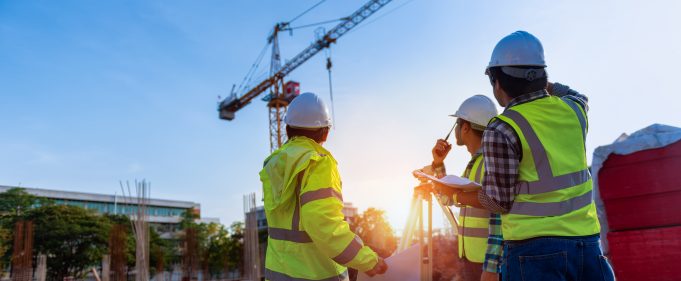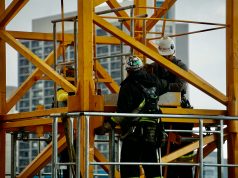Curious about the health and safety measures in place for construction industry workers? In this article, we’ll delve into the realm of workplace safety in construction.
The construction industry is renowned for its inherent risks, with safety concerns spanning from on-site activities to equipment usage. Stringent safety protocols are imperative to mitigate these risks, emphasising the crucial role of legal frameworks in shaping and enhancing workplace safety.
Regulations in the construction industry are not mere suggestions but rather strict rules designed to ensure a secure working environment. Enforced by various governing bodies, these regulations aim to safeguard workers, the workforce, and the surrounding environment. Non-compliance can result in serious legal consequences, including penalties and project shutdowns.
Taking a proactive approach to safety entails understanding where to seek legal advice when necessary. Consulting with employment law solicitors in Farnham, Falmouth, Farringdon, or any relevant region can help address concerns in accordance with the law. Let’s explore some considerations for workplace safety in the construction industry.
The Role of Legal Systems in Safety
Legal systems play a pivotal role in establishing and enforcing standards for workplace safety in construction. They create accountability and provide a framework within which construction companies must operate, ensuring proactive measures are taken to prevent accidents and effectively manage hazardous situations. Legislation covers a broad spectrum, including worker training, emergency response planning, equipment maintenance, and environmental protection measures.
Understanding your rights and your employer’s obligations under these laws is crucial. An informed workforce significantly contributes to the enhancement of safety measures.
Your Rights as an Employee
Certain rights are non-negotiable for construction industry workers. You have the right to work in an environment free from health and safety risks, including access to adequate personal protective equipment (PPE), training on performing duties safely, and the right to refuse unsafe work without fear of retaliation.
Employer Responsibilities
Employers in the construction industry bear significant responsibility in adhering to safety regulations. They must provide a hazard-free workplace, conduct regular risk assessments, maintain equipment, and ensure functional safety systems. Failure to meet these requirements can lead to severe legal consequences.
Staying Informed and Proactive
Keeping abreast of the latest safety regulations is vital for construction industry workers. Safety protocols can evolve rapidly in response to new risks or technological advancements. Employers should facilitate regular training sessions and updates on safety procedures.
Active participation in safety meetings and being part of safety audit teams empowers workers to understand risks and contribute to a safer work environment.
Legal Recourse for Safety Violations
Despite stringent regulations, safety violations in construction still occur. Legal channels are available to address these issues, including whistle-blower protection laws that safeguard employees reporting unsafe conditions from employer retaliation. In case of incidents or injuries resulting from safety violations, seeking compensation through legal means is possible.
Continuous Improvement and Compliance
Workplace safety in construction aims not only to comply with existing laws but also to continuously improve standards. Employers must implement best practices, foster a safety culture, conduct regular safety audits, and invest in the latest safety technologies and training methods.
Innovative Practices and Technologies
Embracing innovative practices and technologies enhances safety in construction. Examples include using drones for inspections in remote or hazardous areas and employing advanced training simulators to prepare workers for emergency scenarios without exposing them to risks.
Culture of Safety
An effective safety culture in construction is characterized by communication, shared values, and practices prioritizing safety. Leadership commitment to safety reinforces this culture, ensuring employees feel empowered to voice safety concerns without fear of repercussions.
Workplace Safety in Construction is Paramount
Addressing workplace safety in the construction industry from a legal perspective underscores the importance of robust regulations, informed employees, and proactive employers. Staying updated with legal requirements, understanding rights and responsibilities, and maintaining open communication are crucial components for fostering a safe working environment.
Safety in construction is a collaborative effort that requires active participation from every worker. If ever in doubt about the safety of the work environment, seeking advice from employment lawyers is advisable. The combination of legal knowledge and industry expertise is a powerful tool for ensuring that the construction industry remains a place where safety is held in the highest regard, protecting the well-being and security of every worker.














